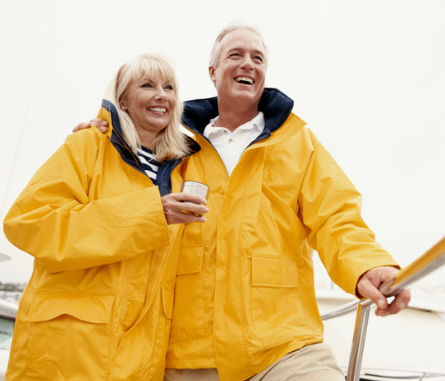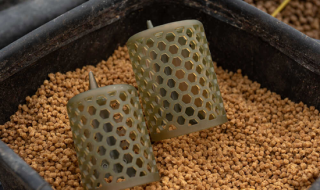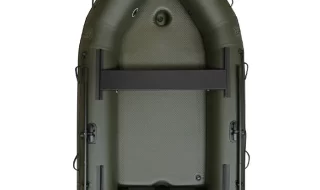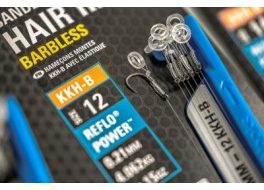The most difficult thing about preparing for extreme weather conditions is not what you’d expect – finding heavy duty oilskins and wet weather gear that’s tough enough for the job. Actually, the biggest challenge for professional fishing and agriculture crews is preparing for changes in the weather.
Preparing for absolutely anything
Out at sea, in the fields or miles from anywhere, changes in the weather can easily take you by surprise. You could experience the equivalent of practically all the seasons in one day. This can make it hard to know which gear to choose. You could prepare for a freezing downpour and then just a matter of hours later, be sweltering and uncomfortable working in heavy duty wet weather gear. You need to be strategic when choosing the right gear for the conditions. The weather forecast doesn’t always prove to be 100% accurate, so it’ll always be a calculated risk.
Is your gear versatile enough?
The solution for many people working in extremely demanding outdoor jobs is to choose gear that is versatile. For example fishing oilskins manufacturer Stormline say their gear is designed to be fully waterproof and hard-wearing, while also being breathable and easy to move in. Alternatively, you can make use of layering techniques to prepare for virtually anything.
When to choose heavy duty wet weather gear
There are certain conditions and situations where only the toughest heavy duty gear will do. Choose something strong, hard-wearing and high-spec if you expect:
- Freezing weather
- Lots of spray
- Any outdoor work involving water like aquaculture
- Forecasts of wind, rain and cold all at once.
In these situations, don’t take any chances. Go for only the best quality, fit-for-purpose waterproof workwear.
Times when layering is the best choice
There are situations when you may want to take a different approach when preparing for the weather. In more moderate conditions which could potentially change, layering could be the ideal solution. For example, if you expect to be out when day turns to night, or when fishing in moderate weather where the forecast predicts a change.
How to layer effectively
Layering is all about stopping your body heat from escaping and being able to adjust your insulation to suit the conditions. There are three layers you need to be concerned about – the base, middle and outer shell. The base wicks sweat from your skin so you stay comfortable, the middle is all about insulation and the outer shell provide protection from rain and wind.
You don’t need to wear all three layers when you set off, but it’s a good idea to think about preparing for the weather for the day. Have all three as options, then you can add and remove layers as the weather dictates.






